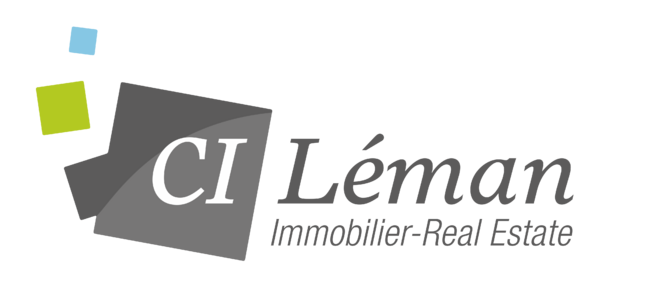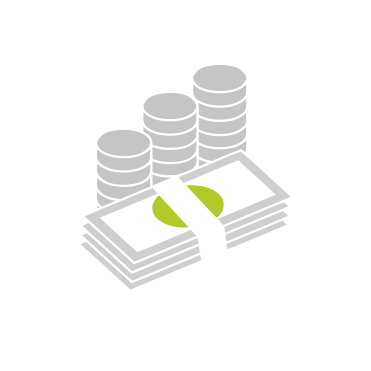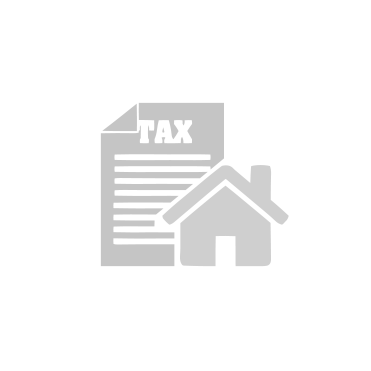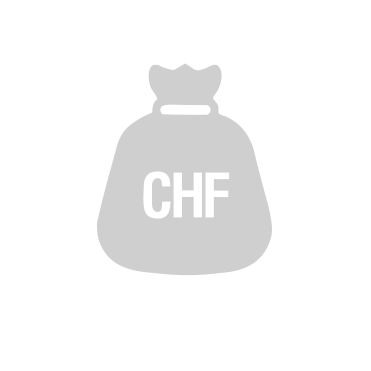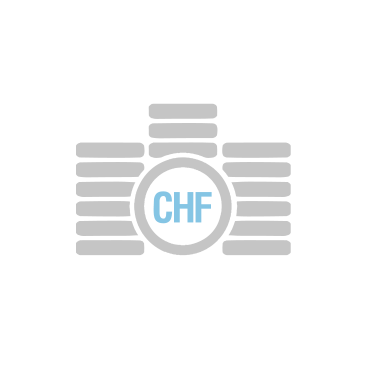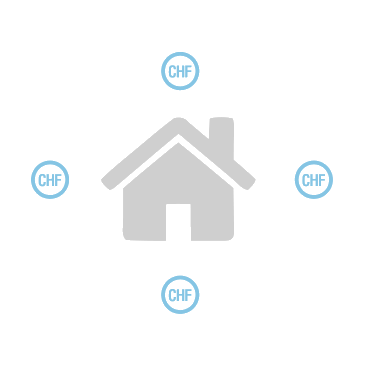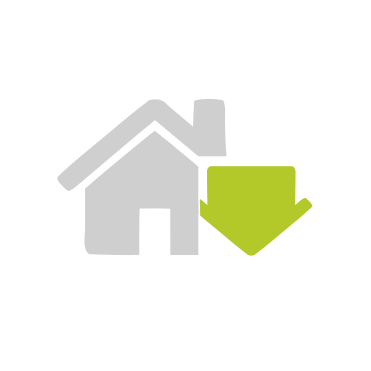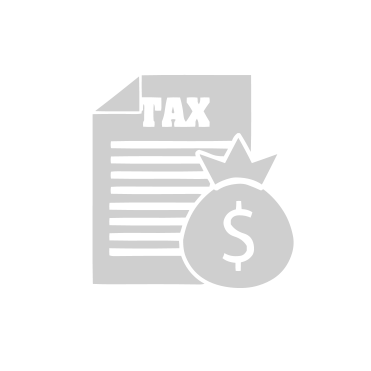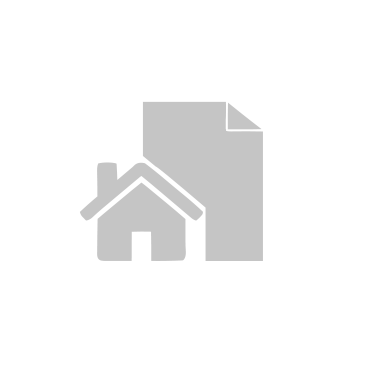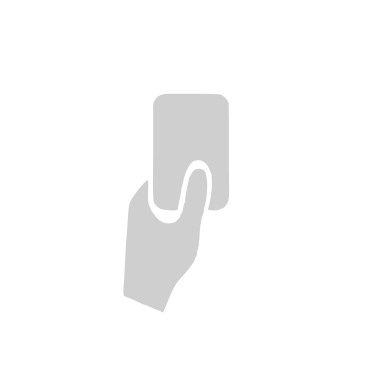Description
Our Geneva real estate agency, CI-Léman SA, invites you to discover this spacious 6-room through gable on the 15th floor of an emblematic building in the Trois Chênes area.
It offers breathtaking views of the Salève, Môle and Mont-Blanc, a fantastic panorama of the Jura, the city of Geneva and its jet d'eau. This altitude, combined with the building's excellent soundproofing, ensures absolute peace and quiet.
With a floor area of 150 m2 29 m2 of balconies, this luminous apartment is divided as follows:
It should be noted that in the basement, a cellar and a closed box are included in the sale price.
An immersive 360° tour is available, dask for your access code.
For more information, contact us without further delay.
For information, some photos are generated by furnishing software.
It offers breathtaking views of the Salève, Môle and Mont-Blanc, a fantastic panorama of the Jura, the city of Geneva and its jet d'eau. This altitude, combined with the building's excellent soundproofing, ensures absolute peace and quiet.
With a floor area of 150 m2 29 m2 of balconies, this luminous apartment is divided as follows:
- A vast entrance hall distributes the "day" and "night" areas. It is equipped with built-in wardrobes.
- Three beautiful bedrooms, one of which benefits from its own balcony.
- A shower room with connections for washing column.
- A separate WC with hand-washer.
- A bathroom with WC.
- A closed and equipped kitchen also benefiting from a balcony.
- A large dining room with balcony.
- A vast living room communicating with a large balcony.
- An adjoining room used as an office.
It should be noted that in the basement, a cellar and a closed box are included in the sale price.
An immersive 360° tour is available, dask for your access code.
For more information, contact us without further delay.
For information, some photos are generated by furnishing software.
Details
Neighbourhood
- City centre
- Park
- Mountains
- Shops/Stores
- Bank
- Restaurant(s)
- Railway station
- Bus stop
- Tram stop
- Child-friendly
- Playground
- Nursery
- Preschool
- Primary school
- Secondary school
- Sports centre
- Doctor
- Near customs
Outside conveniences
- Balcony/ies
- Visitor parking space(s)
Inside conveniences
- Lift/elevator
- Box
- Eat-in-kitchen
- Guests lavatory
- Cellar
- Double glazing
- Bright/sunny
- With front and rear view
Equipment
- Fitted kitchen
- Connections for washing tower
- Shower
- Bath
- Code door
Floor
- Tiles
- Parquet floor
- Carpet
Condition
- Good
Orientation
- East
- West
Exposure
- Optimal
- All day
View
- Nice view
- Clear
- Unobstructed
- Panoramic
- With an open outlook
- Alps
- Jura
Style
- Classic
Distances
Public transports
229 m
6'
6'
2'
Primary school
170 m
5'
5'
1'
Stores
200 m
5'
5'
3'
Restaurants
127 m
4'
4'
1'
